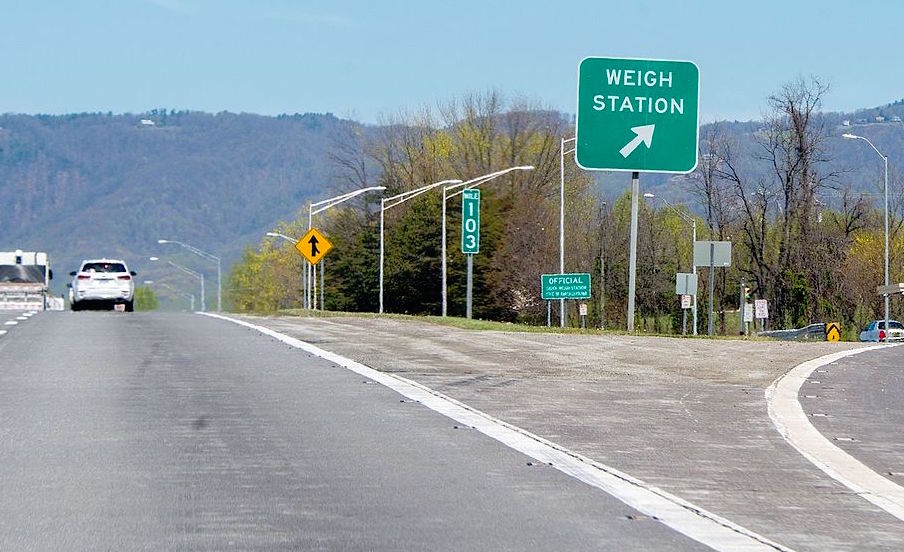Most subs don't track their costs correctly, which means they can’t use one of the most important management tools available to a contractor: the Measured Mile.
Measured Mile analysis is common sense, not invention.
It is the validation of a process, or in the case of construction, an estimate. It is also a means to benchmark the project for internal control purposes.
Lawyers lean on this method because Measured Mile is a way of reaching the truth.
But it’s not about lawyers or even claims. It’s about smart contracting using the best management tools out there. If you rely on Measured Mile as a claims strategy only, it makes it look as if you are only interested in claims.
Measured Mile is based on the idea that in the early phases of a project you will try to find out what your real productivity will be. So foremen understand what's coming up and and can adjust. And if you have a claim, it's there for that too.
For most subs, information about productivity is a guessing game.
The key is breaking down the work into components and measuring early.
Square footage of wall. Linear feet of framing. A shaft wall. Might be assemblies, might be framing and board and or a combination of them. These are some of the ideas.
You have to set a baseline. The analysis focuses on actual unit costs.
You must select an area of a project or an item of work that was completed close to the way it was planned, or better. Then you can compare those categories of work to others that were affected by poor sequencing issues and other problems. You can compare the ideal conditions in selected areas to outcomes that were not ideal.
I love the term Measured Mile. To me it says, "We're trying to measure, it makes sense, and this is the way we can look at best-case scenarios vs. an impacted period."
Since we are a wall and ceiling contractor, here's a real case I can use as an example:
"The current schedule has shifted the sequence of the Curtain Wall Operation. Our contract schedule had our operation follow the CW; this has been reversed. There was no awareness created for this major shift that generates a tremendous impact in our operation. This change in sequence is generating inefficiencies and comeback in the majority of our tasks (Layout, Top Track/Skimming of Floors / Shaftwalls / Stocking of Material / Framing of Priority Walls / Wall Framing, etc.). It relates to the amount of real estate that is lost on numerous floors in which we and other trades must work concurrently. Our contract specifies that the general interior framing occurs in one phase (other than stairs/shafts/elevator shafts/hoist runs)."
"To date, other trades have fallen out of position and created workflow inefficiencies. We are incurring additional cost due to lack of coordination and change in project sequencing."
Measured Mile is a proof of the expectation that the bid was established on; in this case, a clean floor and a proper workflow.
If you want to prove something in a court of law, you better be able to prove it to yourself. And being able to do that will help you achieve optimum productivity.


Recent Comments
Thanks aedwards. It actually is the job of the contractors (and subcontractors) to create for the Owner " a detailed record of how they build a project" The Owner is paying for the bu...
Oops. CM art Risk the GC holds the subcontracts, not the owner. At lease per AGC and CMAA.
I think the writer has it all wrong: it is not the job of the contractors (general or subcontractor) to create for the Owner a detailed record of how they build a project and exactly wh...
Thanks Soad for your comment. This issue relates to Obamacare in that promises are made in a contract that are not kept in reality. It says we can get updated schedules when we often ca...
John- I'm not sure what sub-trade you represent or what any of this has to do with Obamacare?<br/><br/>Most contractors I know issue a monthly scheule update. Nonetheless, there are goo...